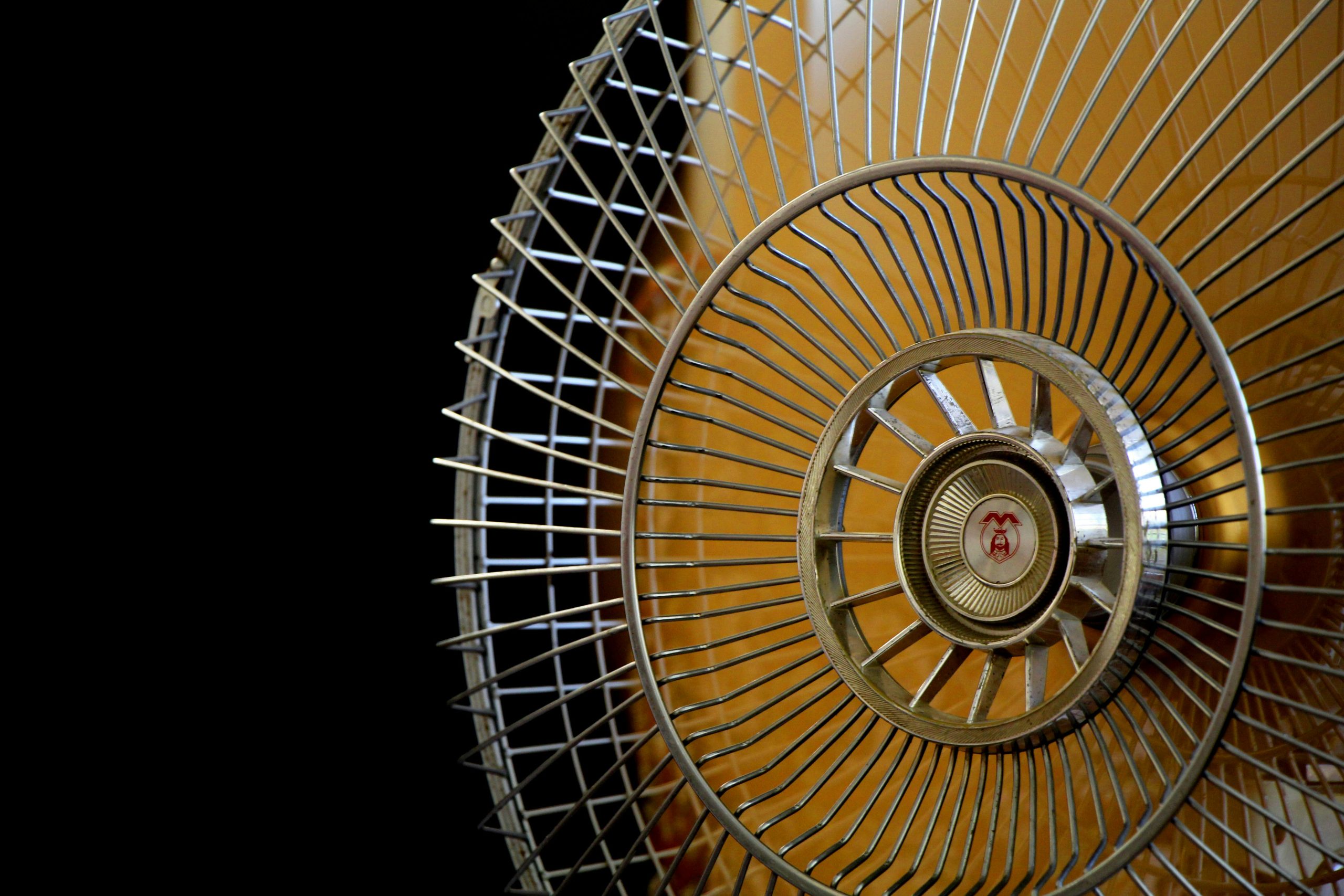Troubleshooting Unusual Noises from Your Laptop’s Cooling Fan
If you’re a Lenovo laptop owner like I am, you may have encountered an unexpected issue with your device. Recently, I noticed that my laptop—now about four years old and heavily used for both work and gaming—started producing a strange sound when the cooling fan activated.
Out of concern, I documented the noise in a video, which I’ll gladly share if anyone is interested. Initially, I suspected that a stray hair might be causing the disturbance, so I took the initiative to open the bottom of the laptop and attempt a thorough cleaning using Q-tips. Unfortunately, despite my efforts, the noise persisted.
At this point, I’m left wondering if this is a significant problem that requires professional attention or if it’s a minor concern that I can safely ignore. The sound itself doesn’t give the impression that something is malfunctioning; rather, it seems more like dust or debris might be caught within the fan.
For my fellow tech enthusiasts and laptop users, I would appreciate any insights. Is this something I should look into further, or is it typical behavior for a laptop approaching the four-year mark? Your thoughts and experiences would be invaluable!
Feel free to reach out if you’d like to see the video or share similar experiences with laptop maintenance.
Share this content:




Hi there,
Uneven or unusual noises coming from your laptop’s cooling fan can be quite common, especially as devices age and accumulate dust or debris. Since you’ve already attempted cleaning with Q-tips and the noise persists, here are a few additional steps you might consider: